CCC's Street Art Contest #168 - When Architects Do Street Art
Hello Street Art lovers. We welcome CCC's Street Art Contest #168 hosted by @digi-me. I was fortunate enough to have some really cool photos which I am happy to share with you in this Round. If you haven't joined this contest yet and would like to know more about it just click on the link here.
I passed by a public elementary school on my way to the supermarket a few weeks ago. The school is quite near my house, about two kilometers away, here in Matina Aplaya, Davao City, Philippines. There was some kind of activity outside the school. I noticed there were a lot of people outside, lining the school's wall from one end to the other. There were tarps hanging over the wall and people were either sitting or standing under the tarp to hide from the heat of the sun. And then I realized these people were drawing and painting the wall. What perfect timing! I have never seen street art being done.
I immediately parked my car and approached the people. I asked who they were and what they were doing. It turned out they were architecture students and they had a project to spread awareness of the country's cultural background including ancestral tribes and abodes. I began to take pictures of their activities and made a note to come back the next week to check out how their street art turned out. Remember, these are not artists but architecture students and this is what they did.
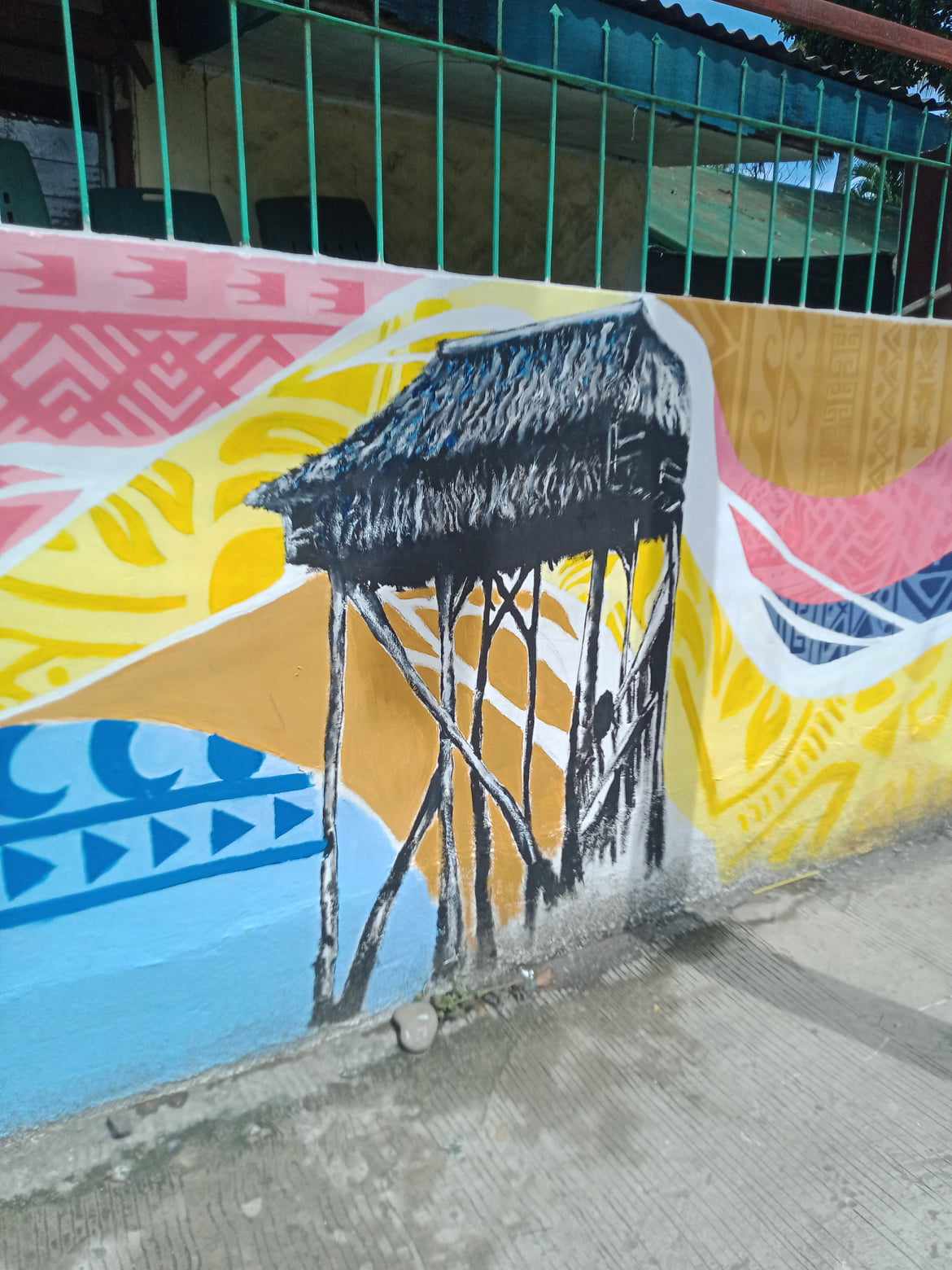
Photo above is a house on stilts commonly built by our seafaring ancestors. One of these are the Tausug found in the southern part of our country in Zamboanga and Jolo. The houses are built over water thus necessitating stilts to keep the house above water.
Below are some of the before and after painting photos of this group of architecture students which I took.
Before
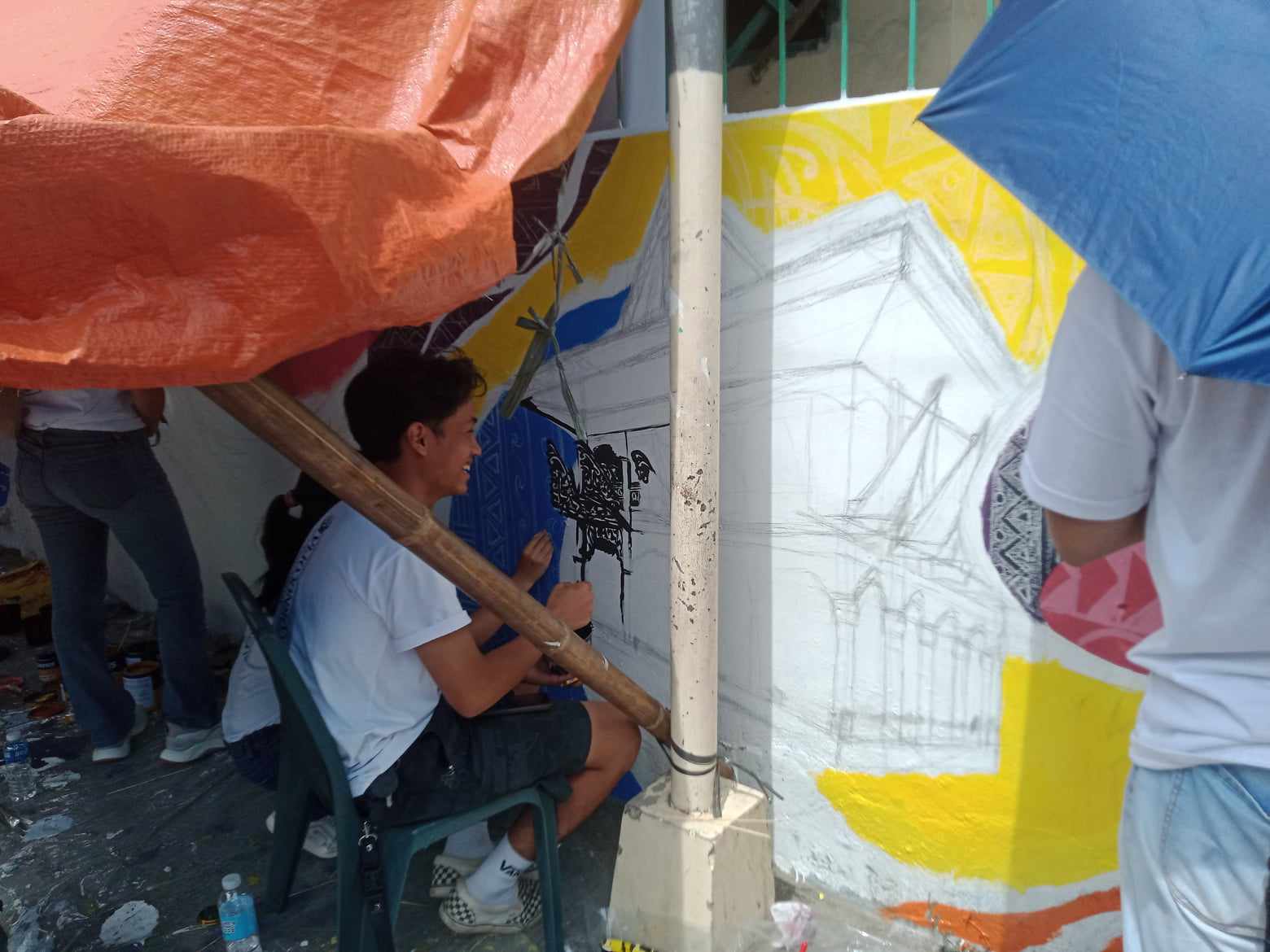
After
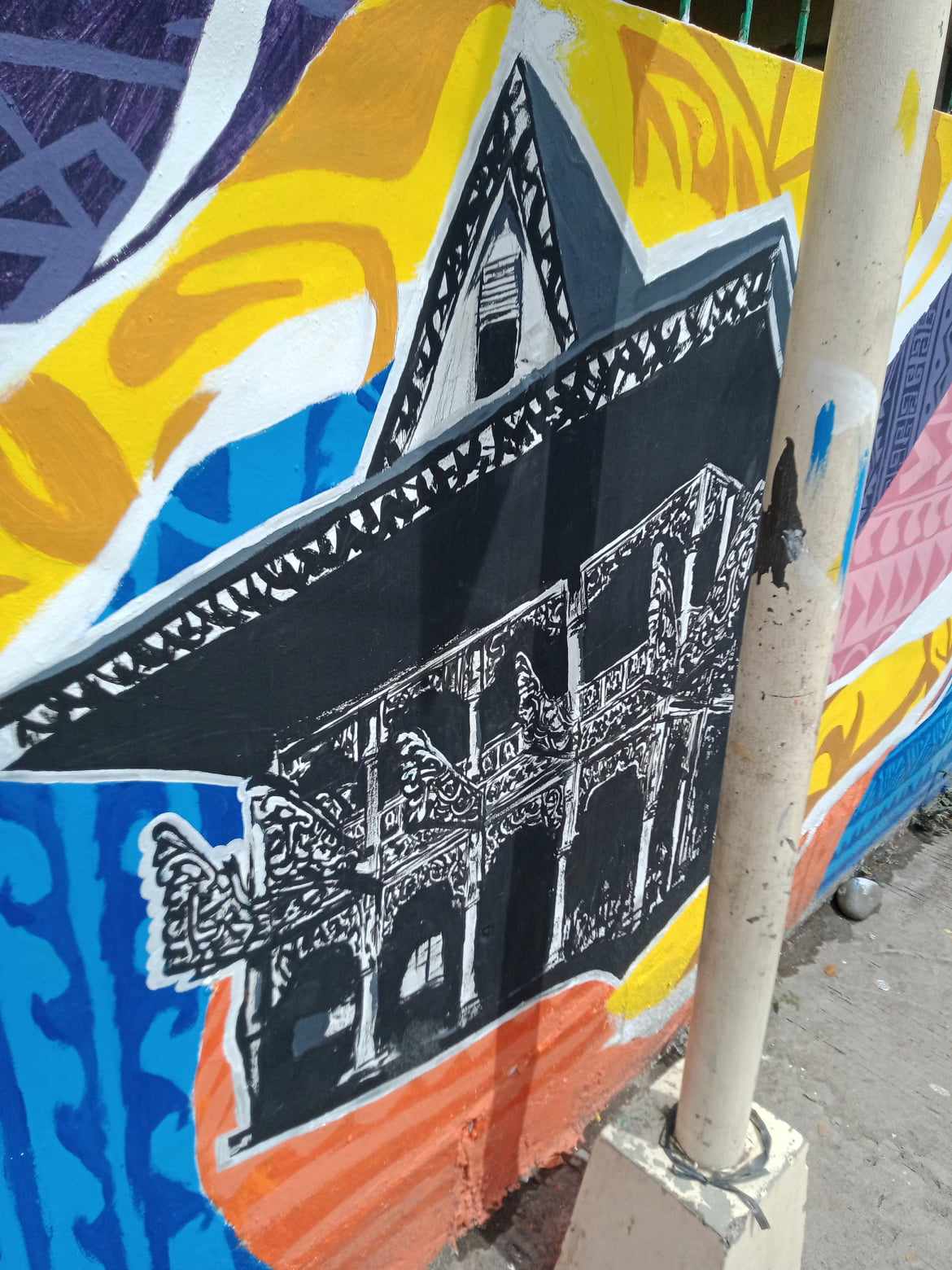
The structure above is called a Torogan House, a traditional ancestral house built by the Maranao people of Lanao, Mindanao, Philippines for the nobility. A torogan was a symbol of high social status. Such a residence was once a home to a sultan or datu in the Maranao community.
Before
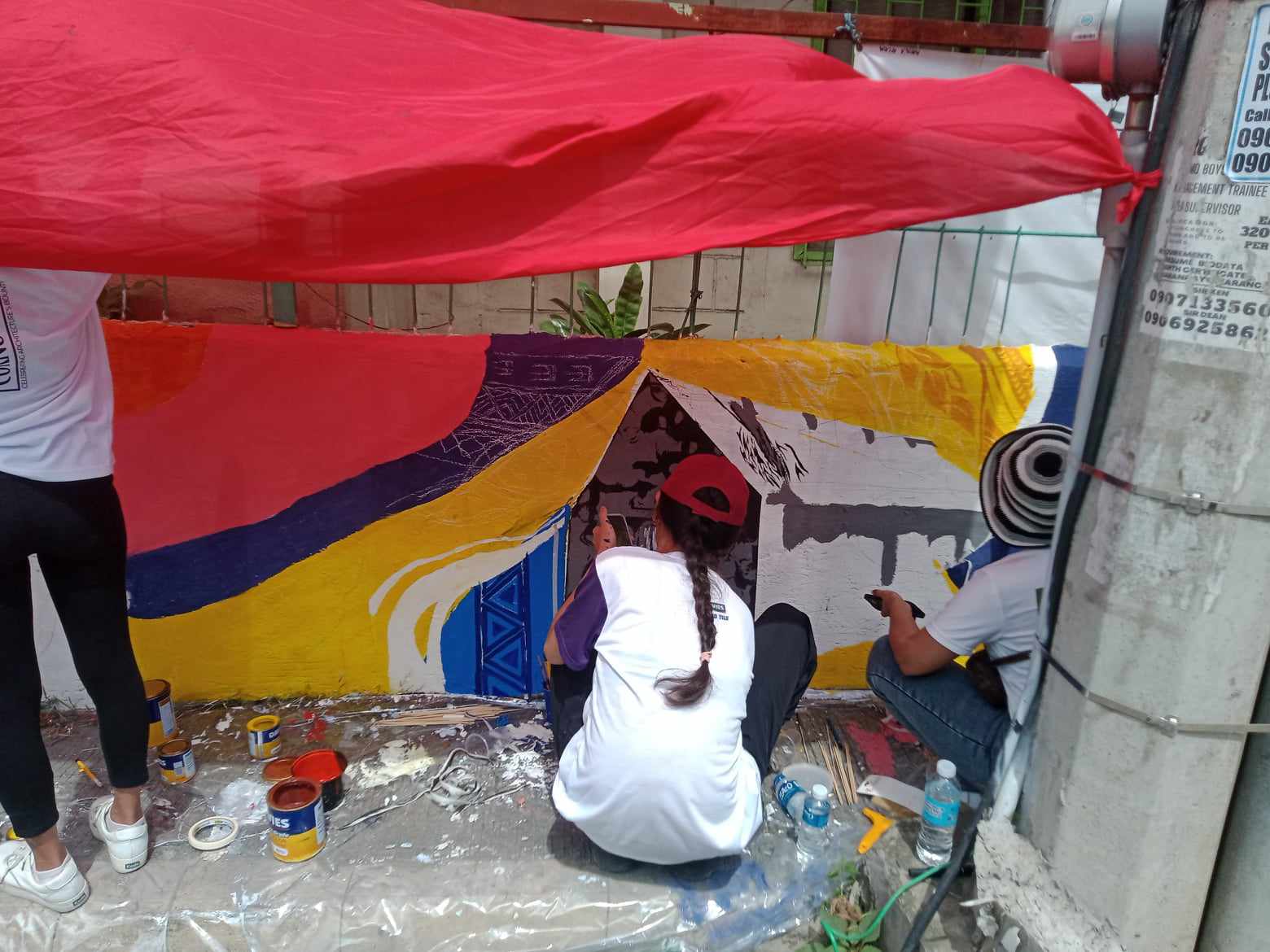
After
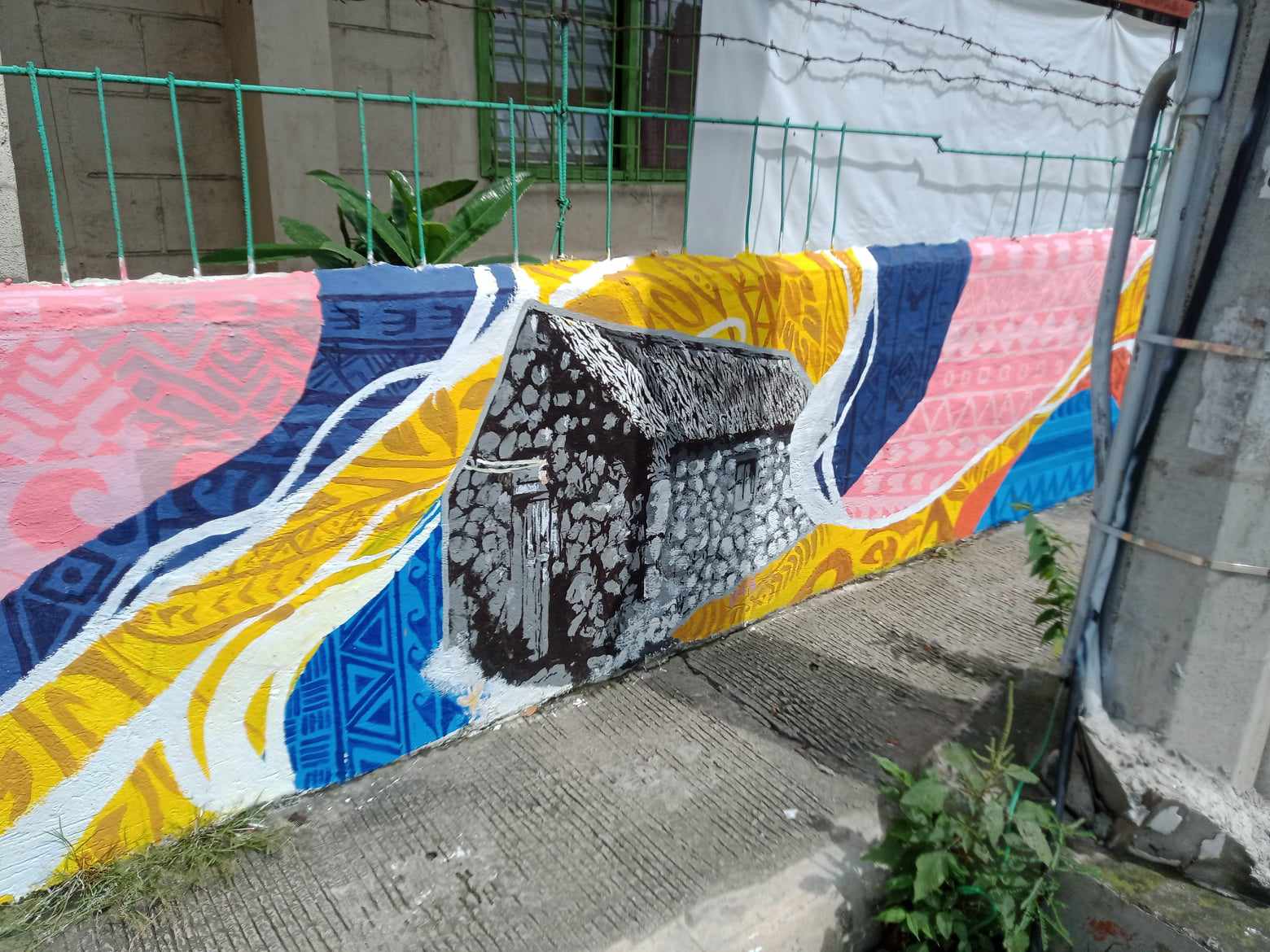
The building above is called the Ivatan House found in the northern part of the country Luzon. Built with a meter thick limestone and coral walls and cogon grass for roofs it is sturdy enough to withstand typhoons and hurricanes which the area is prone to.
Before
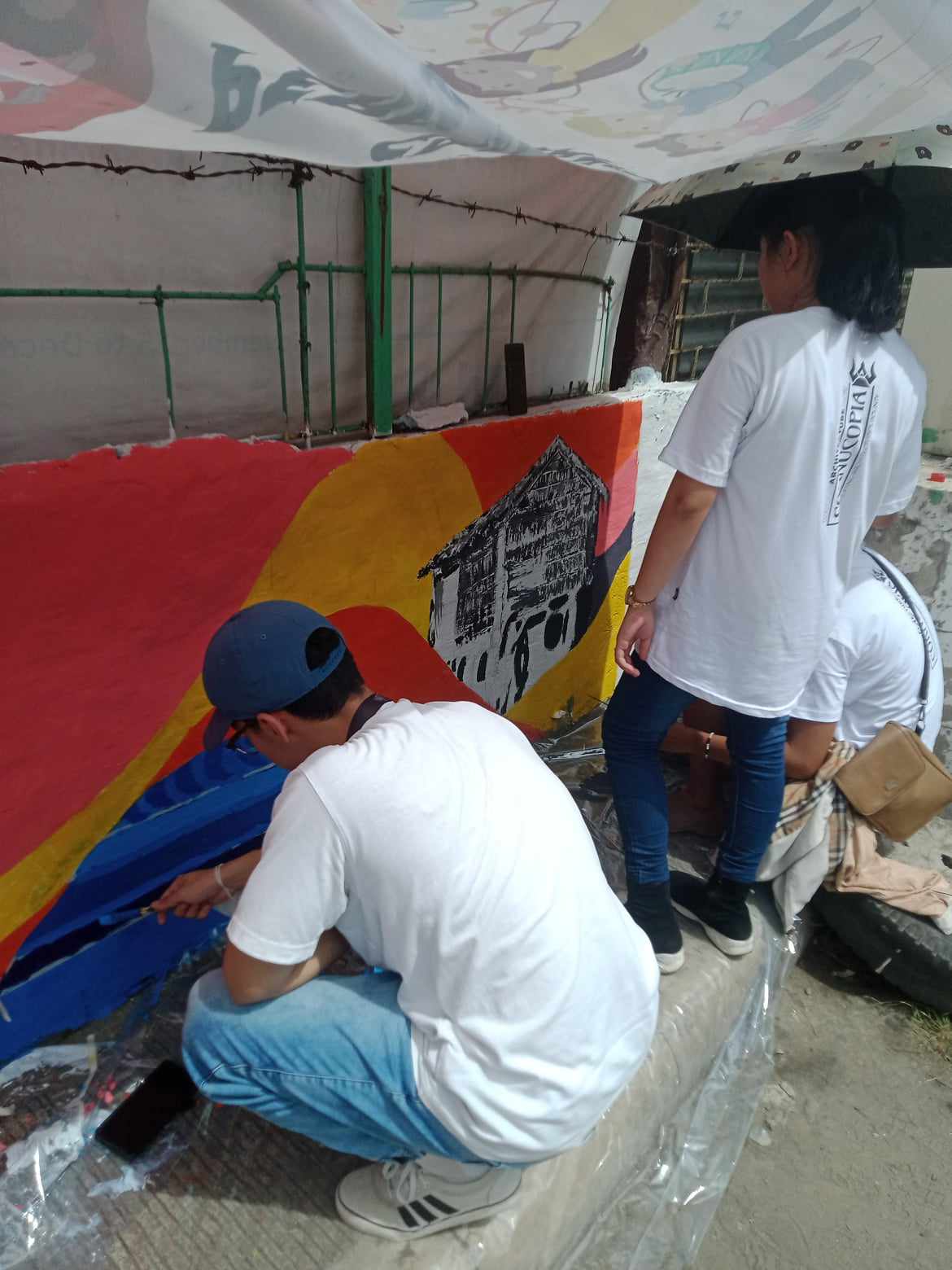
After
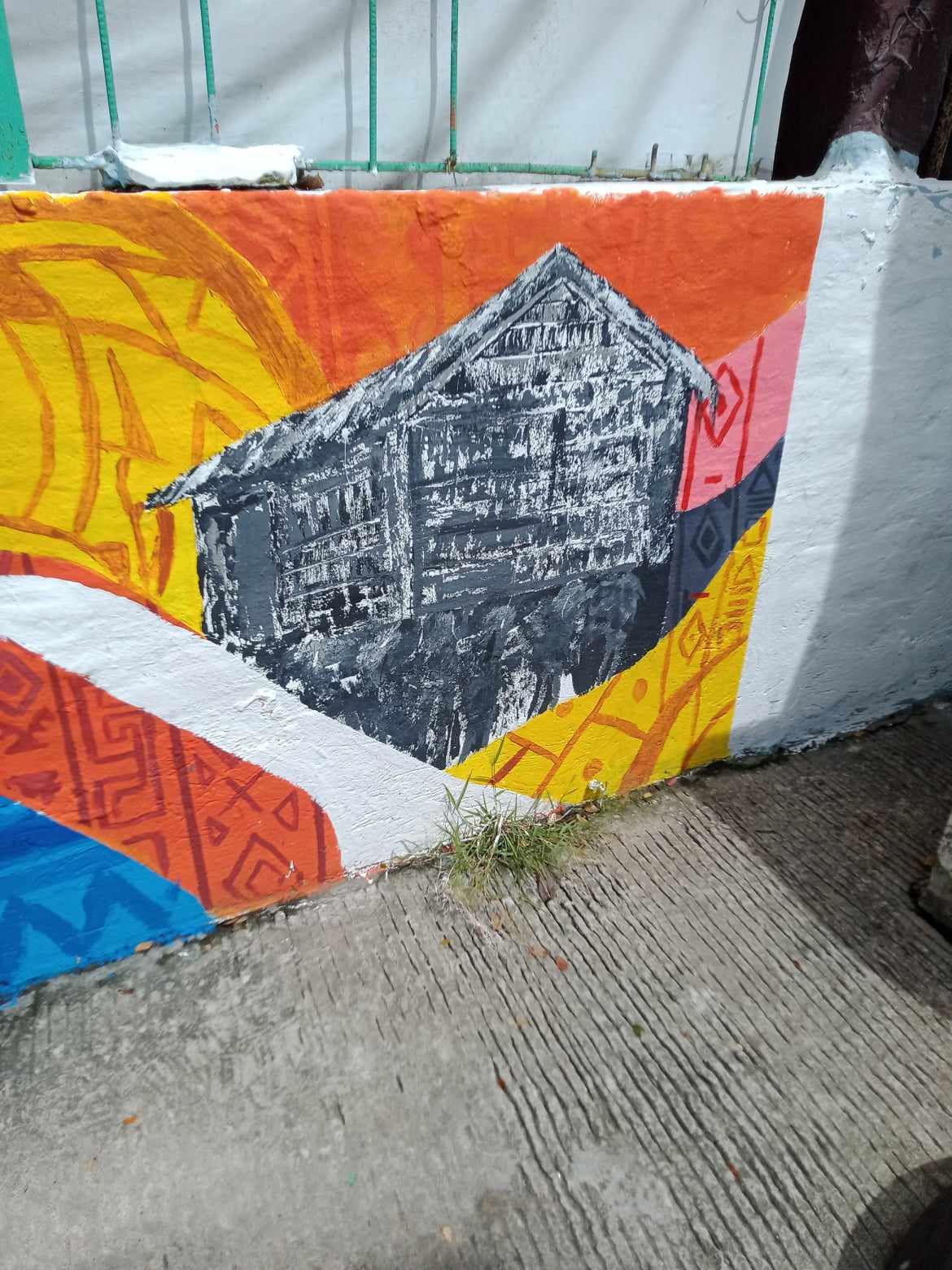
I have no idea what this structure is called. It seems to be a variation of the Nipa Hut, the most common type of abode in the country during the 1800's which is made out of bamboos and the leaves of the plant called Nipa, almost like palm tree. A sample of the original Nipa Hut is shown below.
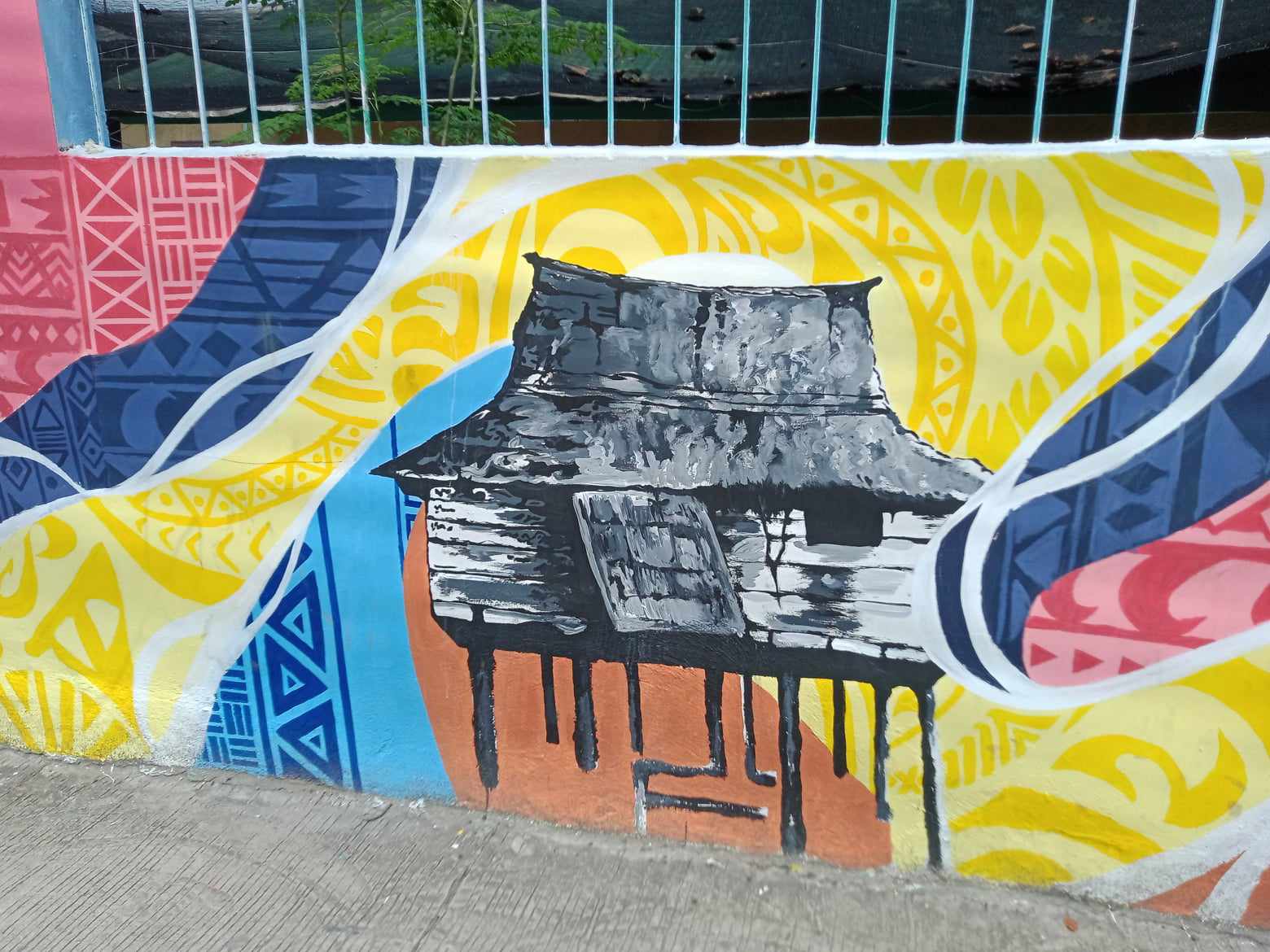
Other photos I took:
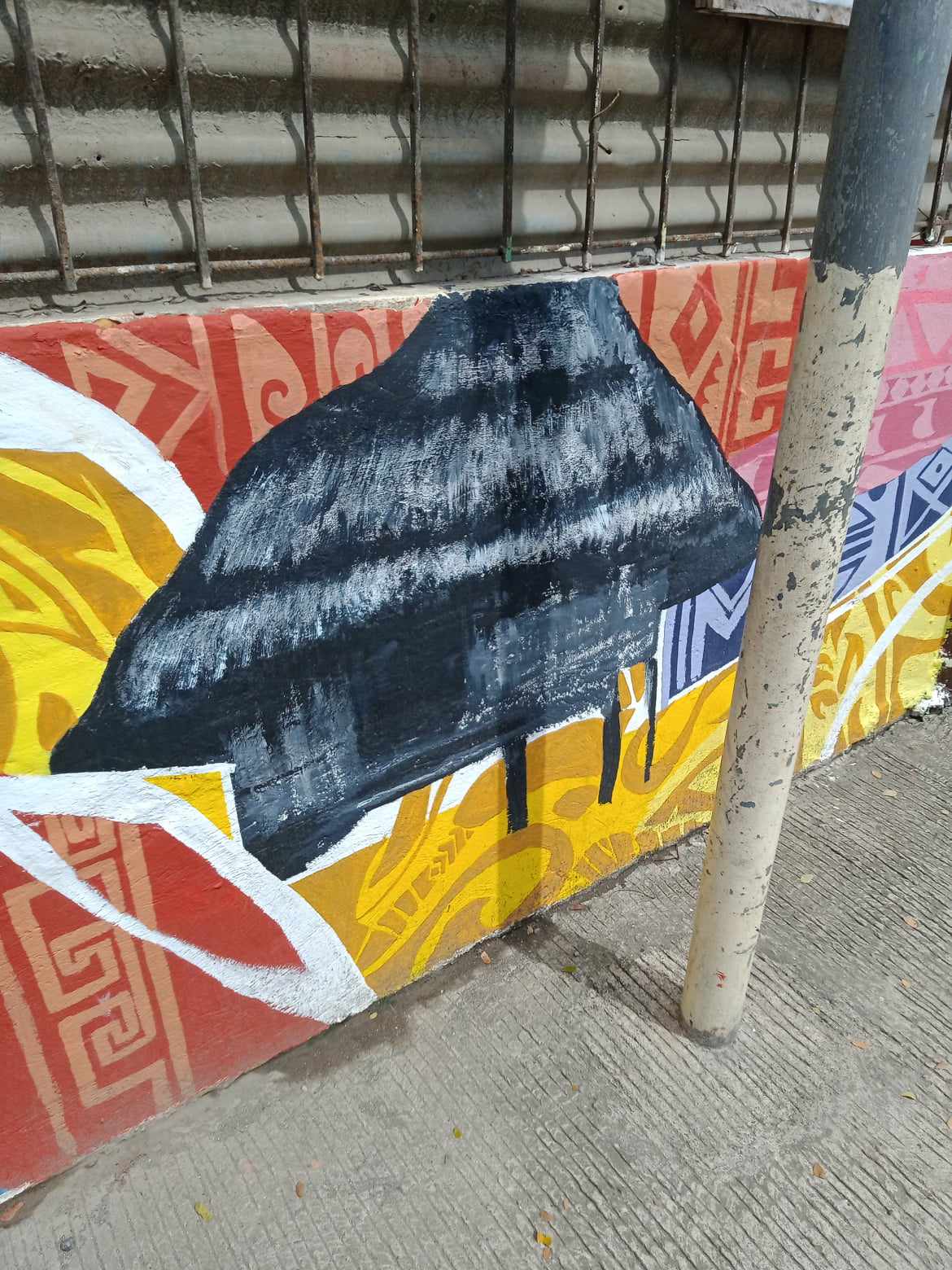

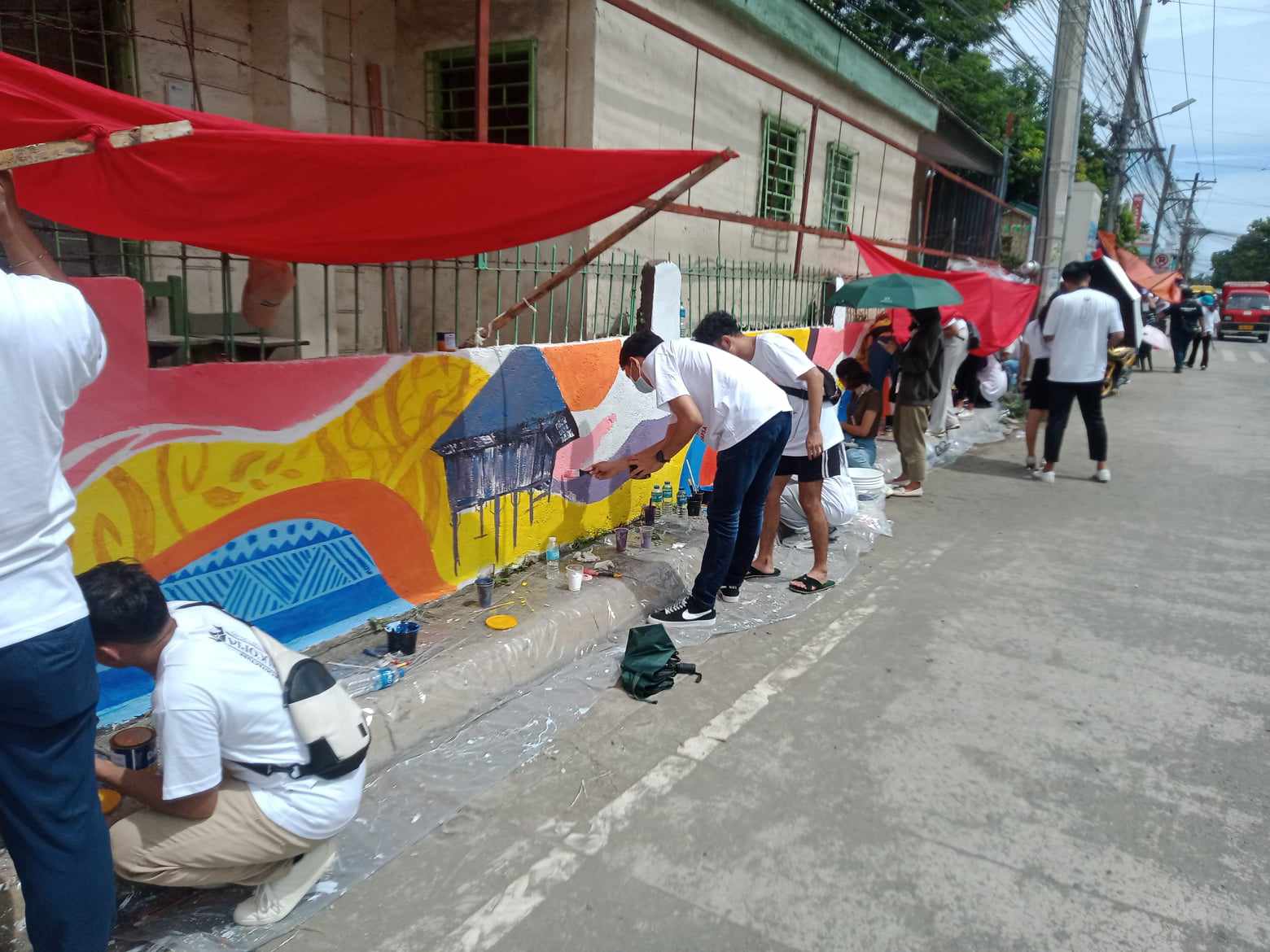
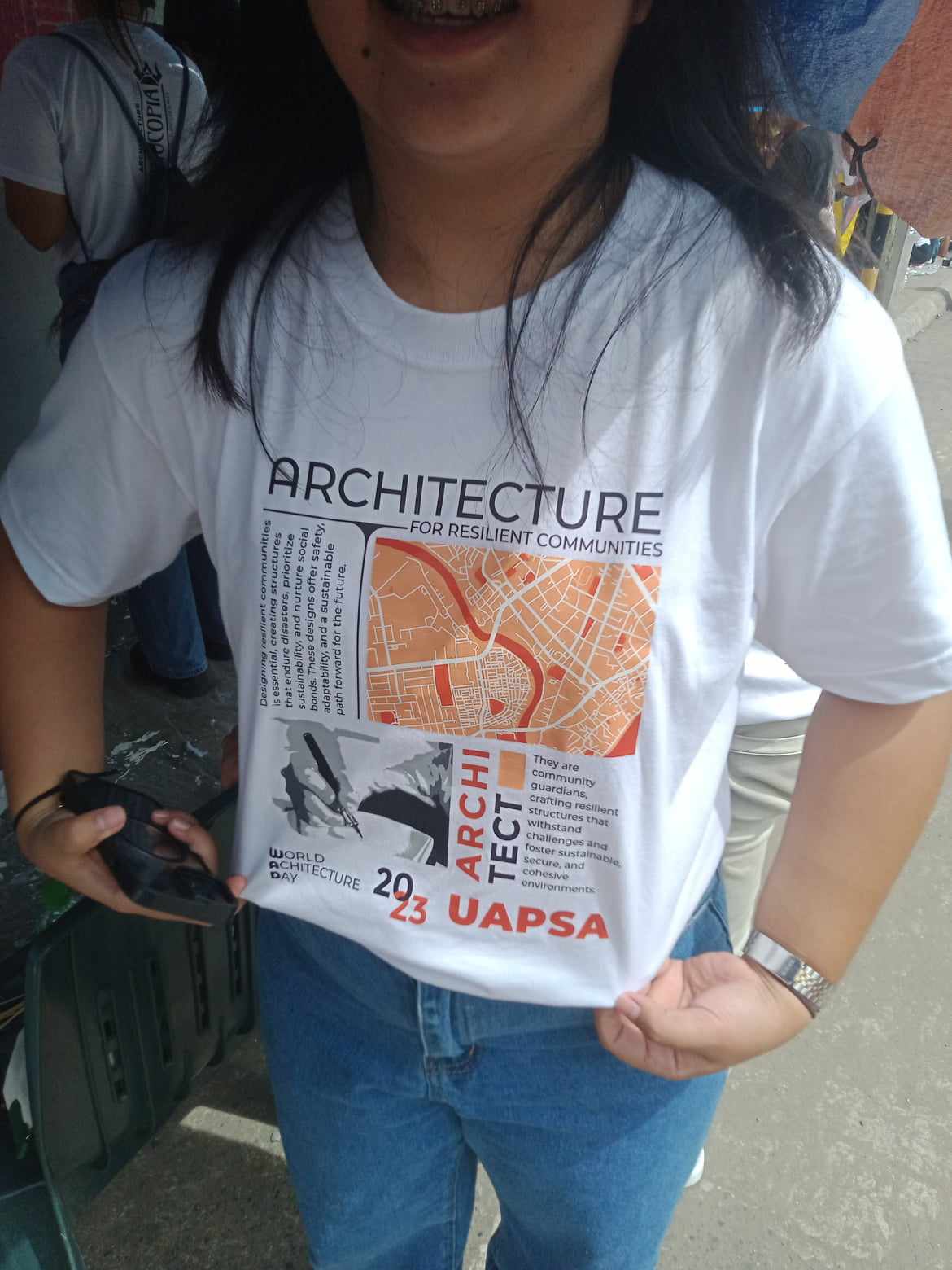
And finally, how the wall looked from afar
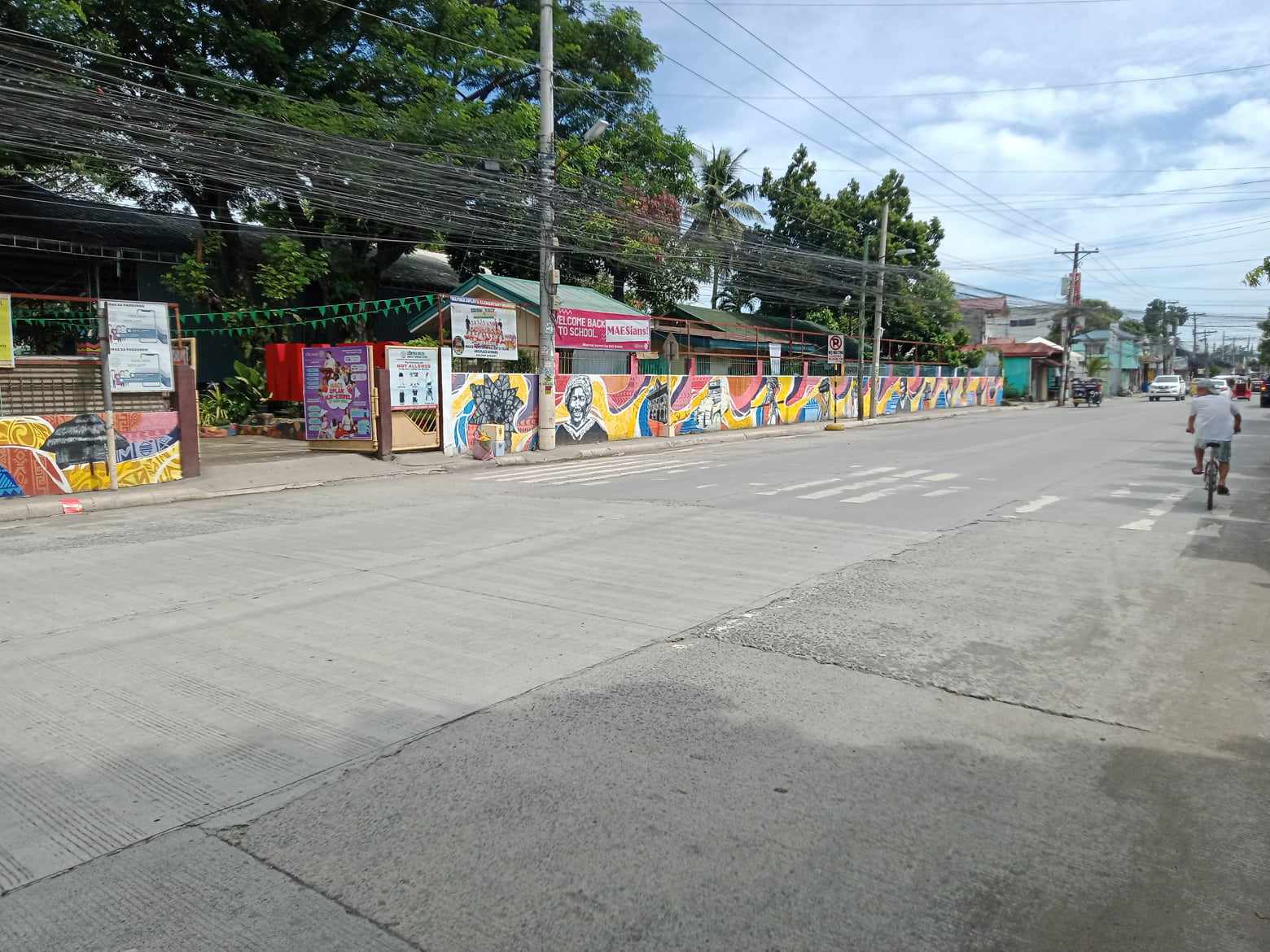
Funny how one's orientation can actually dictate the outcome of one's efforts. Talking of architect doing street art and Voila! You get houses and structures!
All for now! I hope you enjoyed this post about street art from inception to finish. I think it was quite a lucky day for me. Timing was just perfect. Wishing all the participants a big good luck. Keep safe everyone.
(All photos are mine.)
Beautiful wall and always cool to see artists in action. Thanks for sharing these pics on The StreetArt Community.
Enjoy your weekend, maybe with a slice of !PIZZA 😀
$PIZZA slices delivered:
@heroldius(1/5) tipped @gems.and.cookies
Wow, galeng. Ganda ng wall. 😍